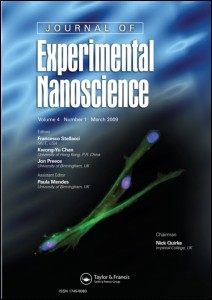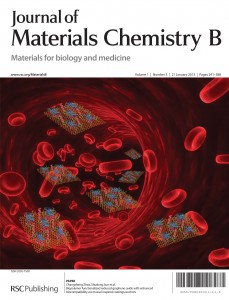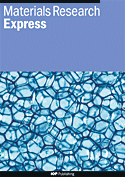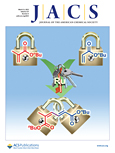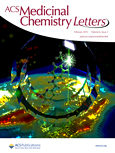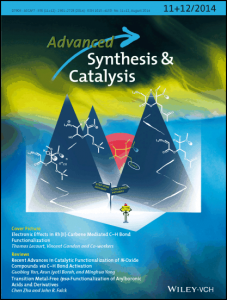 Chemists at Lanzhou University in China did the right thing last month, retracting a paper in Advanced Synthesis & Catalysis because of issues with a reactant that could only be corrected by changing “all the text and quantities.”
Chemists at Lanzhou University in China did the right thing last month, retracting a paper in Advanced Synthesis & Catalysis because of issues with a reactant that could only be corrected by changing “all the text and quantities.”
When the scientists were adding what was labeled Reactant 1 to the mix, they believed it was α-ethoxycarbonyl-α-azido-N-phenylacetamides. Unfortunately, what they were actually using was a decomposed version of the molecule, which threw everything off.
Here’s the notice for “tert-Butyl Hydroperoxide and Tetrabutylammonium Iodide- Promoted Free Radical Cyclization of α-Azido-N-arylamides”: Continue reading Molecular mixup burns chemistry paper
